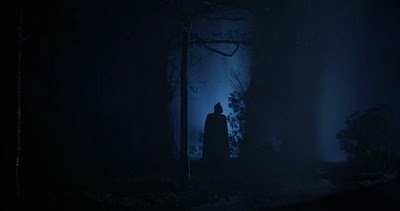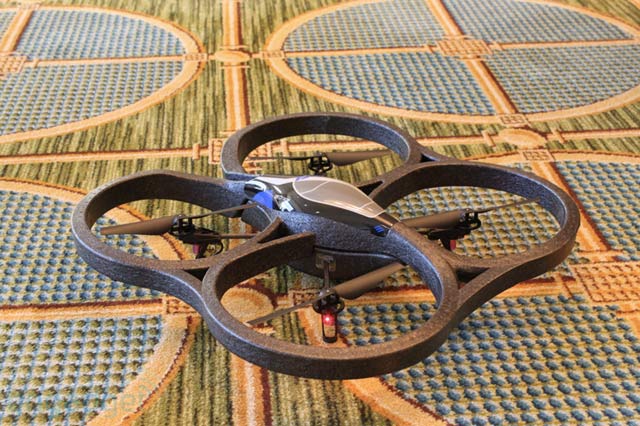My Lux Capital partner Larry Bock and I wrote the following Trend Spotting piece highlighting the Top 9 Rise & Falls We See in the Year Ahead:
1. The Rise of Celebrity Science
Nations, cultures, economies all get what they celebrate. Celebrate celebrities and we’ll have another generation of over-consumptive, over-indebted, overweight, underemployed citizenry. But celebrate scientists: thinkers, doers, achievers, explorers, inventors, creators and we stand a shot at restoring the very human capital that led to the rise of what made our nation great. The best way to predict the future is to invent it. So I founded the largest-ever celebration of science, the USA Science & Engineering Festival, to inspire and galvanize a force of young scientists keen to invent, explore, discover and create. 1 million participants is a good start, just 299 million to go.
2. The Rise of the IPO
Nearly a decade has passed without a blockbuster set of IPOs. Hints abound that the resurgence of an IPO market is upon us. The rise of secondary markets swapping shares of Facebook and other social-networking darlings prove there is pent-up demand and that capital is ready, willing, and able to once again fund high-flying companies that didn’t exist a few years ago and are the essential companies of tomorrow. Groupon, despite having 500 competitors and being founded only two years ago may be the fastest company in history to get to a billion dollars in revenue.
3. The Rise of the Tablet
The iPad was just the start. Samsung’s Galaxy and a slate of other touch tablets will continue seizing netbook and laptop share. When we get over the buzzword and just start calling the “cloud” the “Internet” again, people will also see that the prophecies of George Gilder and Sun’s Scott McNeely—that the network is the computer—were correct all along.
4. The Rise of Nuclear & EVs
My partners at Lux Capital always tell entrepreneurs to shave with Occam’s Razor: find the simplest solution. In energy it’s nuclear power, and the electrification of everything, including cars. Watch for just-out-of-stealth startups like Kurion that are solving the problem of nuclear waste, and other breakthrough companies that will soon emerge from stealth with high-power energy conversion for electric vehicles and industrial motors. Just like the PC business in the 1980s, picking brands will be tough, but betting on the digital guts inside may make fortunes.
5. The Rise of Surprise
The most exciting things always come from unexpected upside surprises. Watch for not-widely followed areas of science and technology. Metamaterials, graphene, battery breakthroughs, solid-state lighting, augmented reality, computational photography, better energy storage and regenerative medicine are all hot areas that Lux and other VCs are on the hunt for.
6. The Fall of Super-Angels
When barriers to competition are low, expect lots of it. Hundreds of companies are getting funded by so called super angels or micro-VCs, but valuations are in the nosebleed sections. As momentum in sectors like social-networking slows (or gets saturated), some angels’ staying power could wilt as follow-on financing face tougher terms from larger VCs.
7. The Fall of Personal Privacy (& The Rise of Good Behavior?)
Regardless of what privacy advocates say: between diplomacy hackers like WikiLeaks , industrial hackers like the Stuxnet virus, geo-tagging, real-time data, status updates, tweets, check-ins, and phone cams in the hands of everyone-the facts is this: personal privacy has irreparably changed. Tech guru Kevin Kelly made a provocative statement: nobody really knows what any technology will be good for: the real question is what happens when everyone has one? Now compare modern technology as an unblinking eye with Southern gun culture. Some believe Southern gentility arose from a gun culture, where politeness was a survival tactic. If people assume they’re being watched all the time, what affect might it have on ethics and behavior?
8. The Rise of Robotics
From UAVs (unmanned aerial vehicles), and military drones to autonomous systems in hospitals, factories, and shipping centers: expect robots to do the mundane, the menacing, and the miraculous.
9. The Rise of Risk
The world is more connected, less predictable and more volatile than ever before. Models widely taught in universities that assumed linear cause-and-effect, or even bell-shaped distributions in markets, are proving to contribute to more risky systems and bad decision-making. As John Maynard Keynes said, it’s better to be roughly right than precisely wrong. Low probability, high consequence events, so-called Black Swans, are on the rise with greater frequency and less predictability. Whether it’s financial crises, weather systems, or geopolitical instability-the best way to deal with risk is to know more things can happen than will and you should expect the unexpected.
{ Josh Wolfe Newsletter, Jan. 14, 2011 }























